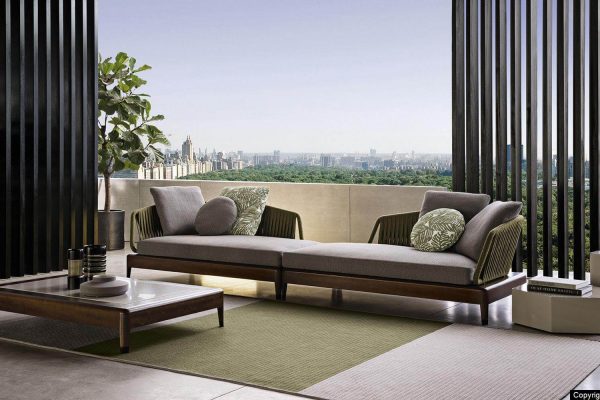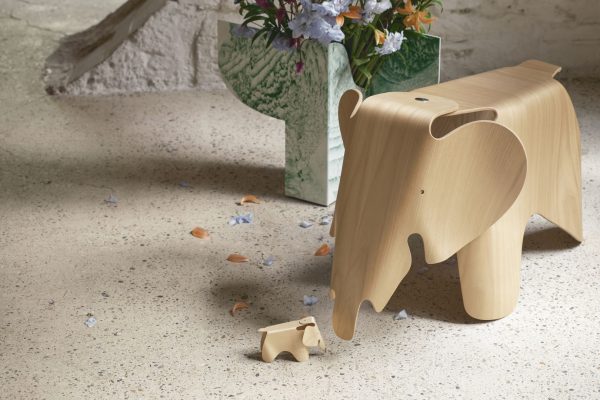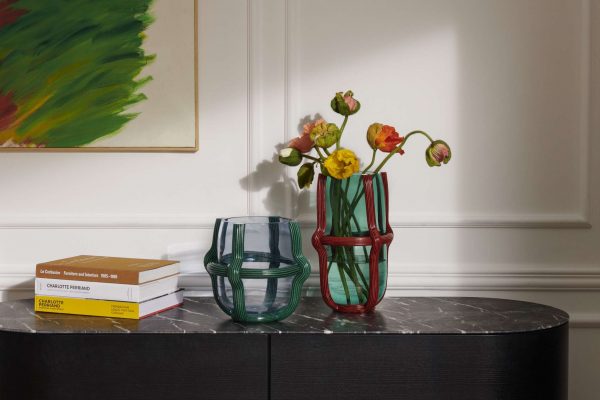Four examples of armchairs by great masters of design created to make our days more relaxing and give us maximum comfort
“An armchair is a very difficult object. A skyscraper is almost easier.”.
These were the words master Mies Van der Rohe spoke back in February 1957. How can you blame them? After all, one does not expect perfection from a skyscraper, as long as it is aesthetically pleasing and functional, one does not lie down on a skyscraper when one is tired and returning from work, one does not expect a skyscraper to relax us and give us comfort.
Used as an object of relaxation, an armchair is meant to make us feel comfortable (at least from Freud onward), so it must be a perfect object.
But not only does it have the duty of welcoming us at the end of the day and giving us the necessary comfort, this object is also attributed the difficult task of creating an environment, setting the tone of the living room in which it is placed and thus arousing intoxicating emotions just by the sight of it.
It is precisely because of this challenging characteristic (between aesthetics, technology, experimentation and comfort) that almost all great architects and designers have tried their hand at this indispensable piece of furniture.
Below are some of the designer armchairs that have made history for this product, influencing the common imagination and raising the standards of comfort and luxury ever higher.
-
LC4 (1928), Le Corbusier, Pierre Jeanneret, Charlotte Perriand-an emblem of the chaise lounge, also known as the “relaxing machine,” an epithet that renders well the idea of the comfort procured by this product. An absolute icon born of a chance inspiration during a relaxation break in which Charlotte Perriand was immortalized in a restful photo on a primitive chaise lounge model with a self-supporting mattress attached to a frame-an archetype that the minds of genius designers transformed into the most famous armchair of all time. Essential, functional, almost extreme in its simplicity the LC4 armchair relies on a simple and ergonomic system. A steel cradle supported by a pedestal of the same material and a mat with a cylindrical headrest: a few simple, precise strokes and the concept of an armchair would be changed forever.
Production: Cassina
-
Barcelona Armchair (1929), Ludwing Mies van der Rohe-this design piece was first presented at the 1929 Barcelona World’s Fair. In its simplicity and elegance it can certainly be said to embody the German architect’s motto “less is more.” This armchair was made no less than for the King and Queen of Spain who would come to visit the German pavilion (all designed by the same architect). Van der Rohe achieves an unprecedented level of grace with this product, inspired by the furniture objects of ancient Rome. The compositional material is steel and a cushion with a leather quilt composed of 40 squares, cut and sewn by hand, all of different sizes and from the same cut of leather.
Production: Knoll
-
Egg Chair (1958), Arne Jacobsen–designed to furnish the lobby rooms of the SAS Royal Hotel in Copenhagen, this chair draws inspiration from the shape of an eggshell (as its name suggests). A kind of second skin, it encloses the human body, protecting it from prying eyes and providing a high degree of relaxation and privacy.More than 50 years after its inception, the Egg Chair still retains its cosmopolitan, sophisticated and avant-garde allure that makes it one of the most sought-after design chairs worldwide.
Manufacturer: Fritz Hansen
-
Husk (2011), Patricia Urquiola – “Whoever looks at an armchair should perceive with the eye a sense of mental comfort and not just physical comfort,” based on this philosophy of the Spanish designer, it is not surprising that just looking at the Husk armchair at first glance comes an irresistible urge to lie down on it and let one’s thoughts drift away. An armchair with a strong spirit, able to coexist with the most diverse styles, a hybrid that combines in itself classicism and modernity, this is the armchair created by designer Patricia Urquiola. Of primary importance in this product, in addition to comfort and aesthetics, are the highly sustainable materials: a shell made of Hirek (a plastic formed from recycled and recyclable polymers) and a unique cushioning that offers maximum ergonomics. The product is also customizable according to one’s needs: outdoor or indoor use, various sizes of cushions (from standard to big), possibility to add headrest and footrest pouf.
Manufacturer: B&B Italia



